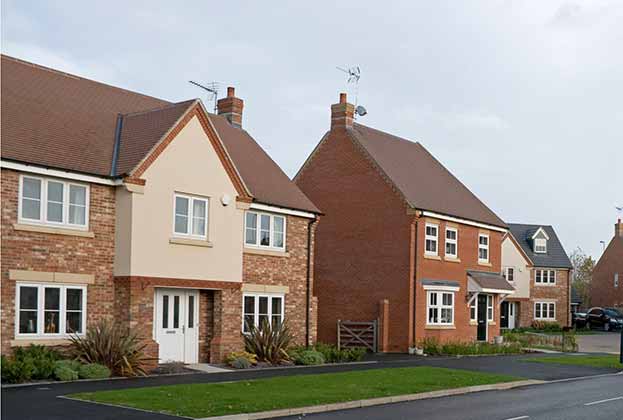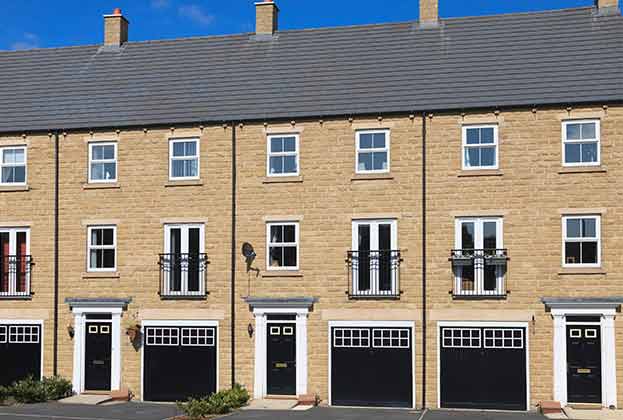Equity investment in affordable housing has continued to grow despite the challenging market backdrop over the last year
Introduction
This year’s survey results reflect a market in transition. We see growing appetite from Housing Associations (HAs) to partner with investors/FPRPs, as business plan pressures continue to drive the need for new capital. This drive for capital is also seen in an increase in planned sales of stabilised mixed tenure tenanted portfolios, and Shared Ownership stock.
While some FPRP investors paused or slowed acquisitions in the wake of increasing debt costs/market volatility, with pricing moving out accordingly, sentiment is improving and we expect to see pricing and capacity improve during the second half of 2023.
Our pipeline of FPRP registrations shows continued investor/developer demand to access the sector, and this reflects wider investor sentiment and appetite for the Living Sectors as noted in our latest European Living Investor Sentiment Survey.
There remains over 1 million households on housing waiting lists unable to afford soaring private rents or access home ownership. Demand for Shared Ownership is at record levels, following the withdrawal of Help to Buy, providing buyers a secure alternative to private renting, for households unable to afford market housing for sale.
As HA capacity for development is constrained, the need for investor FPRP capital is high, if the supply of much-needed new housing is to be maintained. Stability of policy, particularly of rent policy, grant funding, and section 106 supply routes, is vital to underpin investor confidence.
A continued evolution
For Profit Registered Providers (FPRPs) now own more than 28,150 affordable homes, according to our latest analysis. This represents growth of 35% since March 2022.
The number of homes in the sector has more than doubled since March 2021, driven by a 131% increase in the number of general needs rented homes owned by FPRPs. As a proportion of all affordable housing, FPRPs own a small proportion of stock, comprising 0.7% of total affordable stock in 2021/22. However, this has been steadily increasing in recent years as FPRPs have increased their share of the market by three times in the three years to 2021-22.
The number of FPRPs has continued to expand albeit at a slower rate than previous years. Over the last year, there were six new FPRP registrations and one de-registration, taking the total number of FPRPs to 69. This follows a record year of 13 FPRP registrations to March 2022.
Five of the six new entrants this year are backed by developers wanting to retain greater control of the Section 106 homes they deliver, including Delancey’s T3 Residential and London Square’s Square Roots.
The stock owned by FPRPs remains concentrated amongst a few major players – the three largest FPRPs own 77% of total FPRP stock. However, this is set to change, as existing players look to build their pipelines and new providers enter the space over the next five years. By 2028, we expect the three current largest players to own 56% of stock.
Profile of FPRP stock
To date, FPRPs have most commonly grown their pipeline by buying Section 106 stock from developers and through grant-funded development. The greatest appetite amongst FPRPs remains for newer, more energy-efficient stock but there is growing interest in acquiring older legacy stock too. This will become important as Housing Associations (HAs) increasingly seek to recycle capital from stock sales to fund development and investment. There are examples of some providers such as Places for People Capital who prefer to develop homes themselves in order to embed ESG and limit any future retrofitting requirements. Places for People Capital is currently the only investment management fund that is a subsidiary of a HA. Looking ahead, we may see more HAs follow this type of model in time.
Shared Ownership remains a key focus for FPRPs. It makes up 59% of total FPRP stock now and is projected to be 63% in five years’ time. Some investors focus exclusively on Shared Ownership, because it offers both a steady stream of rental income and some exposure to house price inflation through staircasing.
Shared Ownership also requires minimal management when compared to Social and Affordable rented stock. It also fills an important niche in the housing market – housing those unable to access social housing for rent, and priced out of market housing for sale. However, rented stock is also of interest, given the structural undersupply and contribution to meeting housing need this tenure offers.
Future prospects
Despite the current challenges in the economy, the long-term fundamentals of the sector remain robust. A persistent undersupply of new homes and near-record house prices relative to incomes will ensure strong demand for more affordable homes continues. And the growing importance of responsible corporate governance is driving increasing investor interest in the sector, with several major FPRPs listing this as the most important factor in their decision to invest in affordable housing.
It is likely that the investor market will become increasingly diverse over the next five years and beyond. 90% of FPRPs are looking to hold stock over the long term and have no plans to exit the sector in the next 20 years.
Smaller players are also planning to scale up and increase market share. There are also currently c.30 applications for registration in the process of being completed, which will drive further growth in the sector.
The potential for partnerships is also growing with HAs facing rising constraints on their financial capacity and pressure to invest heavily in existing stock, coupled with shifting attitudes and much more willingness to engage with FPRPs and find innovative solutions to continue to deliver development. There is also scope for FPRPs to help fund large-scale decarbonisation and net zero programmes across the sector.
Read the articles within Spotlight: Private Capital and Affordable Housing below.


